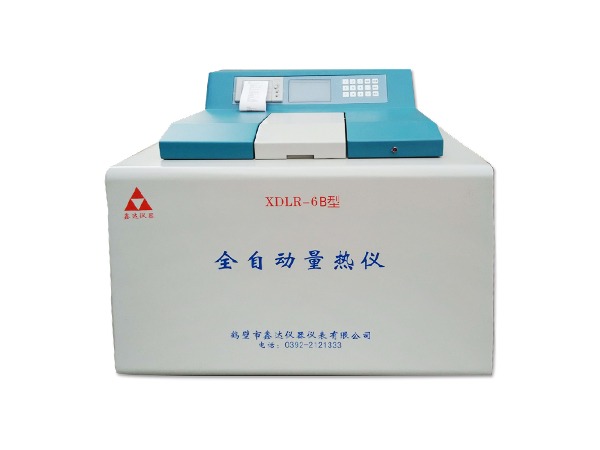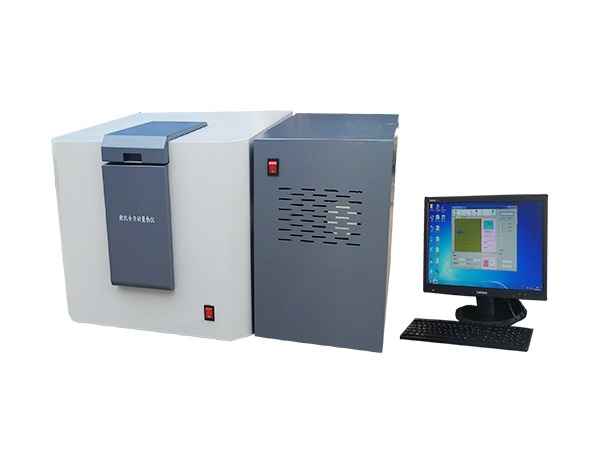Welcome to Hebi Xinda Instrument Co., Ltd.!
Development and daily maintenance of coal calorimeter
The coal calorimeters currently used in China are not only made in China, but also produced by German companies LECO and IKA. There are also constant temperature, adiabatic and double dry types. However, no model, no manufacturer, has deviated from the basic model that has existed since the first calorimeter was introduced in 1881: a system consisting of a water jacket (usually called an outer bottle), an inner bottle, a combustion chamber (usually called an oxygen bottle) and other basic components. In the past 100 years, especially in the past 20 years, with the rapid development of computer technology, calorimeters have been greatly improved in structure and operation mode, the degree of automation has been greatly improved, the test speed has been faster, and the precision and accuracy have been higher.

In order to use the system, the calorimeter and computer equipment must be reliably grounded. After daily testing, the calorimeter should be regularly inspected and maintained as follows to keep the instrument in good working condition and extend its service life.
- Calorimeter: After the coal automatic calorimeter cylinder test is completed, the water in the calorimeter cylinder should be drained to the outer cylinder, dried and kept clean.
- Test water: It must be pure water and should be replaced regularly to ensure the reliability and success rate of the test.
- Calibration: In order to ensure the accuracy of the results, it is necessary to frequently calibrate the heat capacity with benzoic acid and calibrate the instrument accuracy with standard samples.
- Oxygen bomb: In addition to cleaning and drying the oxygen bomb after each test, the following points should also be noted and checked:
(1) The oxygen cylinder can only be twisted by hand. When the hand feels resistance, stop twisting and do not twist with tools. It should be cleaned after each test.
(2) The spring cover and spring seat should be cleaned and dried after use.
(3) Clean the marble cup, scrub the silk thread, and check whether the marble cup has mechanical damage. Be careful not to turn the marble cup upside down.
(4) Check whether the sealing ring is worn or damaged during the combustion process. If the seal is not tight, it should be replaced.
(5) Check whether the insulating pad and insulating sleeve are intact, and check the insulation performance regularly.
(6) Regularly perform a 20.0 MPa water pressure test on the oxygen bomb. After each water pressure test, the oxygen bomb shall not be used for more than one year (or no more than 5,000 tests).

